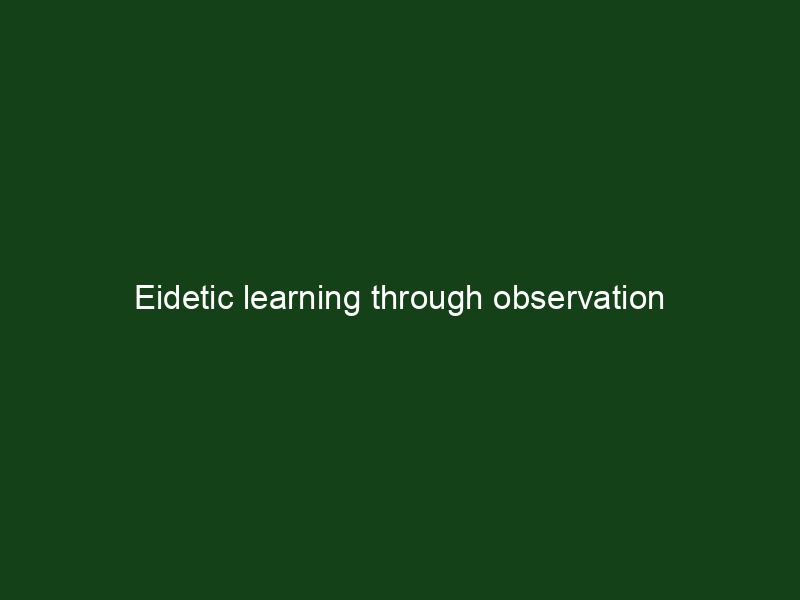Many scientific discoveries have been found through luck and attention to details. Probably 80% of debugging any programmist performs involves attention to details. Good user interface and graphical design require immense attention to details. Ability to observe minor changes and make good and quick decision is important in all human endeavors I can think of, so it is critical to develop it. We already discussed one possible way to build this ability through induced synesthesia. Here we provide a totally different way to build the skill.
Good artists are known for their acute awareness to each tint of a color and each pixel of an image. This skill is developed through years of training, which includes drawing whatever they see comparing the drawing to the original. Some of good artists are eidetic: once they see an image they remember all details for the image for several minutes. This memory is probably short term , we are not aware of people retaining the details for the next day.
In our context, it is extremely helpful to remember markers with all their details, at least until they are analyzed and connected to all other relevant markers.
One of Anna’s training exercises includes showing person a big picture with many details and asking to recall all, even minute details. Most people fail miserably. Only once I witness a person getting the perfect score from first try. The old man was a professional practicing magician and claimed to be the mentor of Uri Geller.
So what does the training of “eidetic” memory includes?
Exercise 1:
Look at complex image [Anna loves landscapes with some architectural or natural wonders] for a minute. Then write down all the details you can remember. Typical questions Anna asks depends on the type of an image: how many trees are there? what is the color of the cars? how many windows does each house have? what are the poses and expressions of each person on the frame?
Exercise 2:
Find hidden clues, find animals in nature. There are many games of “spot the difference” type in the course’s curriculum, e.g. this collection and some of them build the “eidetic memory” skillset. There are many “detective” type games of search for hidden clues, I used to play them for two years to improve my visualization accuracy.
Exercise 3:
Notice things around you. This is not only mindfulness exercise, but also eidetic memory build-up. One of my uncles is an accomplished executive. I asked him the secret of his success. He told me that he has very good eye for people. As an example, he told me that once he drove a street and it was not very crowded. When he stopped on a traffic light, his wife asked him if he noticed the pedestrians. She was surprised that he could recite what each pedestrian was doing and what he was wearing, especially since he registered these things automatically and unintentionally.
Exercise 4:
Remove code highlighter. Typically I enjoy very much code highlighters when I program. However, occasionally as a training exercise I remove code highlighting and try to program in plain text (notepad style). This is a great exercise not only for attention building, but also to measure our dependence on the visual cues.
Exercise 5:
You do not need to create full visual markers. Some people get by simply remembering the position of a word within paragraph. The shape of the paragraph and the position of the word within IS their visual marker! You can try and see if your awareness to the written text is sufficiently high, for example using wikipedia page.
Eidetic memory is a great skill to train. You do not need to be perfect, just a bit better than you were before training, to fill a significant improvement in the quality of your life experiences.

Get 4 Free Sample Chapters of the Key To Study Book
Get access to advanced training, and a selection of free apps to train your reading speed and visual memory


Good article I personally like this detail noticing exercises and have to watch myself to not overfocusing them. I’ve found exercise 5 intriguing.
Great article! Thank you very much Lev! 🙂